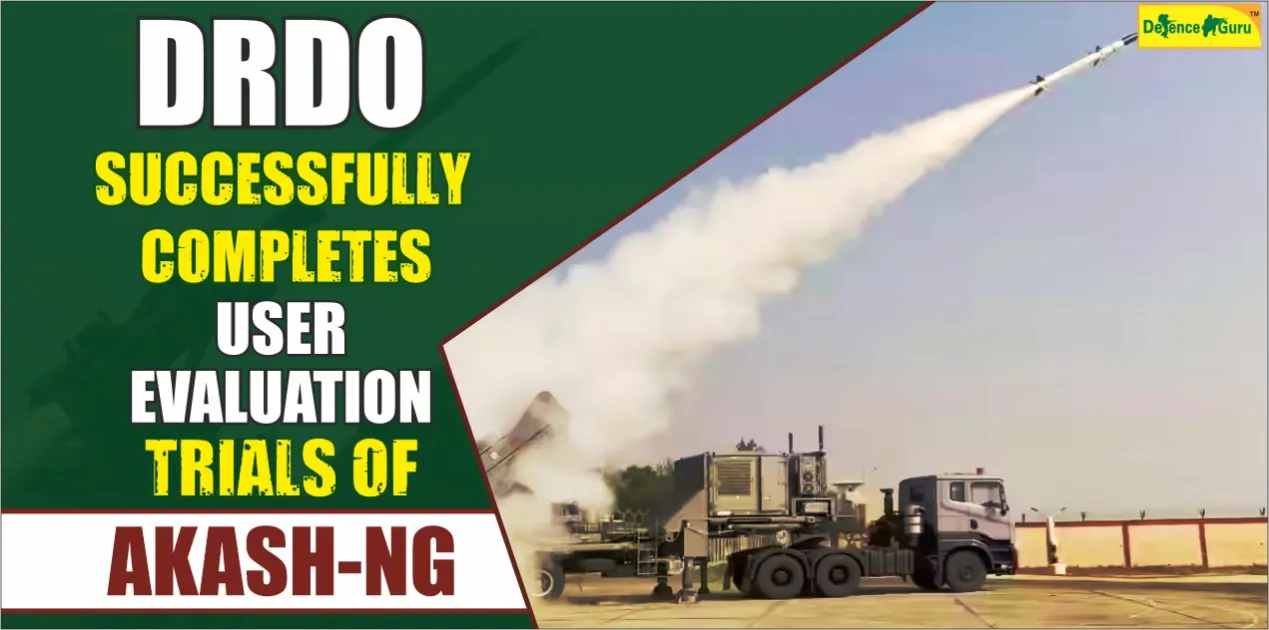In a bold and decisive move on the night of May 7, 2025, India launched "Operation Sindoor", a well-planned series of precision airstrikes targeting terrorist infrastructure deep inside Pakistan and Pakistan-occupied Kashmir (Pok). This operation came just two weeks after the Pahalgam terror attack on April 22, which left 26 innocent Indian tourists dead and scores injured. The magnitude of the attack sparked national outrage and demanded a firm response from the Indian establishment.
Unlike previous retaliatory operations, Operation Sindoor marked a significant evolution in India’s military doctrine — a response rooted in precision, restraint, and resolve. It not only underlined India's intent to protect its sovereignty but also set a precedent for how modern-day India plans to respond to asymmetric warfare in a nuclear backdrop.
Strategic Objectives
Operation Sindoor was not a knee-jerk reaction, but a well-calibrated military action grounded in four core strategic objectives:
1. Neutralise Terrorist Infrastructure
The most immediate and clear objective was to destroy terror launch pads and training camps run by Jaish-e-Mohammed (JeM), Lashkar-e-Taiba (LeT), and Hizbul Mujahideen, which were believed to be behind the Pahalgam attack. These outfits, historically backed by Pakistan’s ISI, have used PoK as a safe haven for decades. India intended to cripple their operational infrastructure, communication hubs, and logistic routes to prevent future attacks.
2. Demonstrate Military Precision
By coordinating an operation that involved the Army, Navy, and Air Force, India aimed to highlight its joint force capability. The usage of Rafael jets, equipped with SCALP cruise missiles and AASM Hammer precision-guided bombs, showcased not just advanced weaponry but also India's ability to hit deeply embedded terrorist hideouts with minimal collateral damage.
3. Maintain Strategic Restraint
A key feature of Operation Sindoor was what it did not do — it avoided targeting Pakistani military bases or critical state infrastructure. This distinction was vital. India clearly signalled that its fight was against terrorism, not the Pakistani state — a message aimed as much at the international community as it was at Islamabad.
4. Reinforce Deterrence
With this operation, India issued a strong message that any attack on Indian civilians — regardless of where it originates from — will be met with a swift, calculated, and proportionate response. The concept of strategic deterrence was not just limited to nuclear doctrine anymore but extended to counter-terrorism as well.
Execution of the Operation
Timing and Duration
Operation Sindoor was executed in the early hours of May 7, with precision strikes launched between 1:05 am and 1:30 am, lasting just 25 minutes. Despite its brevity, the operation was surgically intense and surgically accurate.
Targets
A total of nine terrorist camps and launch pads were targeted. These included locations such as Bahawalpur (JeM HQ), Muridke (LeT HQ), Tehra Kalan, Sialkot, Bhimber, Kotli, and Muzaffarabad in Pok — all previously flagged by Indian intelligence and satellite reconnaissance.
Weaponry and Technology
India used Rafael jets armed with SCALP long-range cruise missiles (range of 300+ km), and Hammer bombs capable of targeting bunkers, tunnels, and caves. In addition, Heron drones, AWACS surveillance aircraft, and satellite imaging from GSAT played a critical role in target confirmation and post-strike damage assessment.
Coordination and Command
The operation was spearheaded by the Integrated Defence Staff Headquarters, involving seamless coordination between the Indian Air Force, Army Intelligence, and Naval Surveillance units. The tri-service synergy was a testimony to the reforms initiated under the Chief of Defence Staff (CDS) structure.
Outcomes and Impact
1. Destruction of Terrorist Camps
Initial assessments from satellite imagery and drone feeds suggested that at least 70–80 militants were either killed or critically injured. Several camps were completely obliterated, including infrastructure such as bunkers, communication towers, and ammunition depots.
2. Pakistan’s Civilian Casualty Claim
Pakistan, while initially denying the strikes, later claimed that Indian missiles hit civilian areas, resulting in dozens of deaths, including women and children. India, however, rejected these claims, citing video evidence and target logs that confirmed only non-civilian, uninhabited areas were hit. These divergent narratives highlighted the information warfare aspect of modern military operations.
3. Global Reactions
The United Nations urged restraint and called for de-escalation. Countries like the United States, France, and Israel acknowledged India’s right to self-defence, while China and Turkey sided more cautiously, urging dialogue. The global consensus, however, was largely in favour of preventing state-sponsored terrorism.
4. Pakistan’s Military and Political Response
Facing internal pressure, Pakistan declared that it reserved the right to retaliate "at a time and place of its choosing." However, fearing escalation, it stopped short of launching counter-strikes, instead engaging in diplomatic offensives and cyber propaganda.
Strategic Significance
1. Shift in Military Doctrine
Operation Sindoor marked the formal arrival of a proactive Indian military doctrine, which prioritises pre-emptive defence and surgical counterattacks over reactive containment. It broke away from the past, where India, despite provocations, often responded diplomatically or economically.
2. Emphasis on Joint Warfare
The successful execution across services reflects the maturity of India’s joint command structures, making India future-ready for multi-domain operations (MDO) that include air, land, sea, space, and cyber domains.
3. Weaponization of Technology
India’s emphasis on precision weapons, real-time data, geo-spatial mapping, and autonomous targeting systems indicates that modern Indian warfare is shifting from troop-based to tech-enabled precision warfare.
4. Diplomatic Leverage
By showing military restraint alongside technological dominance, India managed to retain its moral high ground internationally, while sending a strong message to domestic audiences that terror won’t go unanswered.
Operation Sindoor was not just a military manoeuvre; it was a statement of intent. It reflected a new India that believes in measured strength, calculated aggression, and strategic clarity. With this operation, India moved the global conversation on terrorism from condemnation to action, setting a precedent for other democracies grappling with cross-border threats.
As we look ahead, the key takeaway from Operation Sindoor is clear: India is prepared to act, not react — and it will defend its people with precision, purpose, and power.
Read more:
Operation Sindoor: India’s Precision Strike Against Terrorism in Pakistan

















